
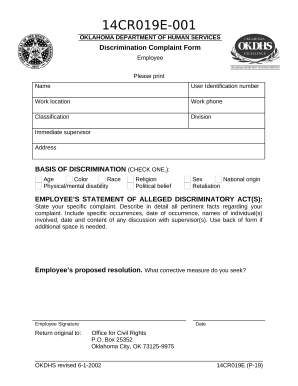
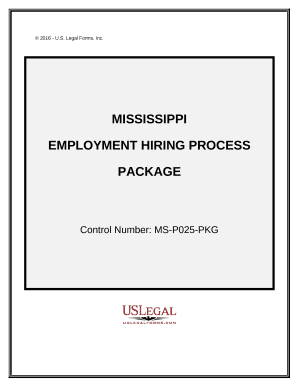
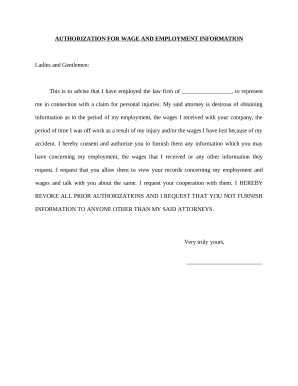
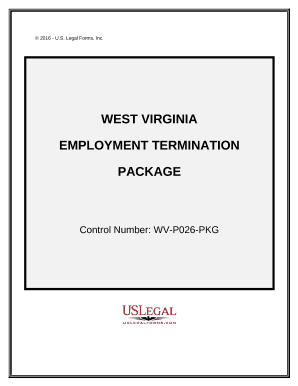

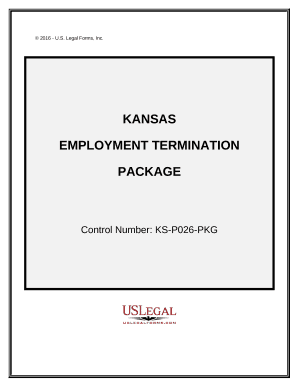

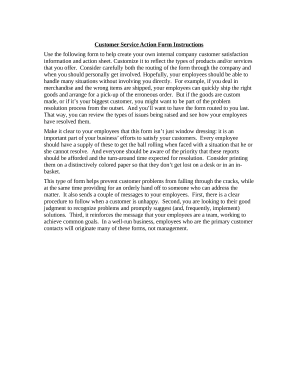
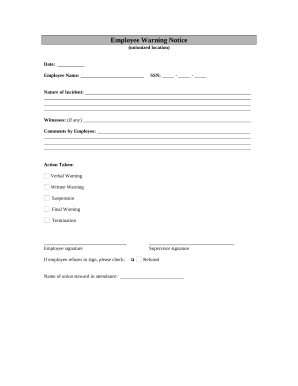

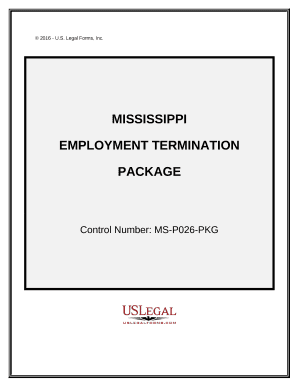
Document managing can stress you when you can’t find all of the forms you require. Fortunately, with DocHub's substantial form categories, you can discover all you need and quickly take care of it without the need of changing among applications. Get our US Employment Laws and start working with them.
How to use our US Employment Laws using these basic steps:
Try out DocHub and browse our US Employment Laws category with ease. Get your free account right now!